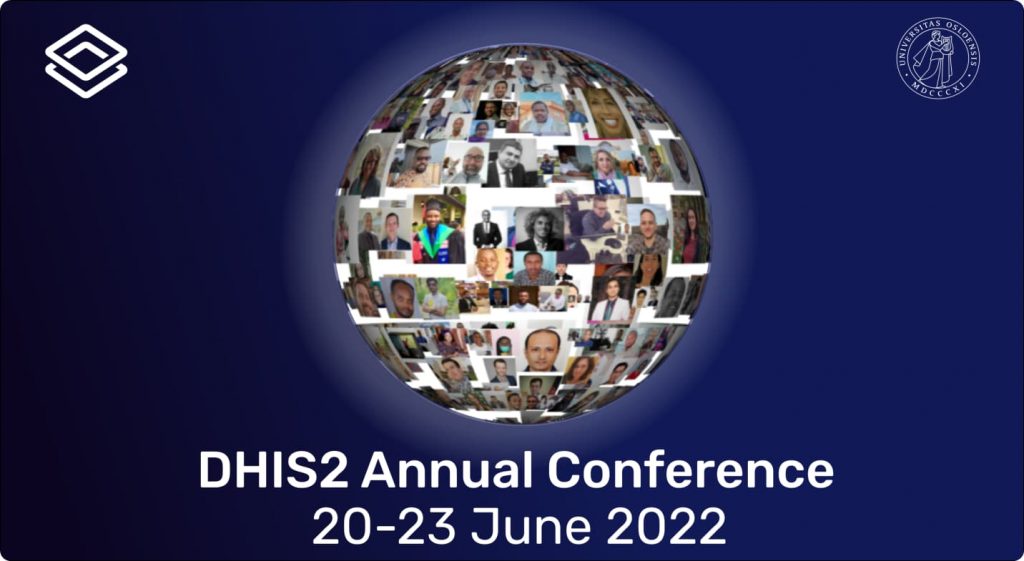The Abstract was presented at the DHIS2 Annual Conference 2022 at the University of Oslo, Norway between 20 – 23 June 2022.
Authors: Nennie Lungu,1 Linda Muyumbu, 1 Matthew Kankhulungo 1 Boniface Maket,1 Maria Mkandawire,1 Yona Nyondo,1
1 FHI360, Malawi EMPOWER

Introduction
The goal of the Expanding Malawi HIV/AIDS Prevention with Local Organizations Working for an Effective Epidemic (EMPOWER) project is to support Government of Malawi (GoM)’s commitment to epidemic control among AGYW of 10–24 years through provision of sexual and reproductive health (SRH) and HIV services. Despite the project’s collection and access to high quality SRH/HIV data, platforms to periodically analyze and use the data to improve performance were minimal. This paper describes how the project used DHIS2 tracker data during data review meetings to improve performance of the AGWY programming in the EMPOWER project.
Methodology
In March 2021, EMPOWER initiated Total Quality Leadership and Accountability (TQLA) a FHI 360 model of reviewing program performance daily and making course corrections through situation room meetings. The model requires setting daily targets and, use of granular level data to monitor performance to enable program improvement. We used DHIS 2 tracker version 2.33.8 to capture, analyze and visualize data individual data on three key SRH/HIV indicators during these meetings to identify challenges in AGYW service provision and prioritize local solutions to improve project performance. We integrated the DHIS2 tracker with real-time interactive Power Business Intelligence (BI) dashboards at community, district and project levels to track project indicators with required disaggregation.
Results
Using DHIS 2 tracker to systematically analyze, visualize and review granular level data during situation room meetings led to targeted program adjustments and contributed to an increase in the number of AGYW reached with standardized evidence based SRH/HIV from 13,608 in FY21 Q1 to 56,142 AGYW in FY21 Q4. Of those reached, 13,662 (representing 91% of the annual HIV testing (HTS) target of 15,008) accessed HIV testing services through conventional testing and 46 were identified as new positives. All 46 were initiated on treatment representing 100% linkage rate. 10,460 HIV self-test kits were distributed to 10,253, AGYW which represents 99% of the annual HTS self-testing target of 10,492. Of those who accessed the kits 30 were screened reactive and were confirmed positive and all were initiated on treatment.
Conclusion
The use of DHIS2 tracker for systematic, periodic granular site level data analysis through structured platforms such as weekly situation room meetings optimize use of data to improve project performance on key indicators such as overall reach with SRH/HIV services, linkage to care for community interventions targeting AGYW. The process helps identify local solutions and strengthens capacity of implementers to use data.
FHI-360 - Malawi EMPOWER
Bluegum Avenue, Mulima Building,
P.O. Box 521
Zomba
Malawi
Phone: +265 887 827 291
E-mail:BMaket@fhi360.org
Website: www.malawiempower.org
